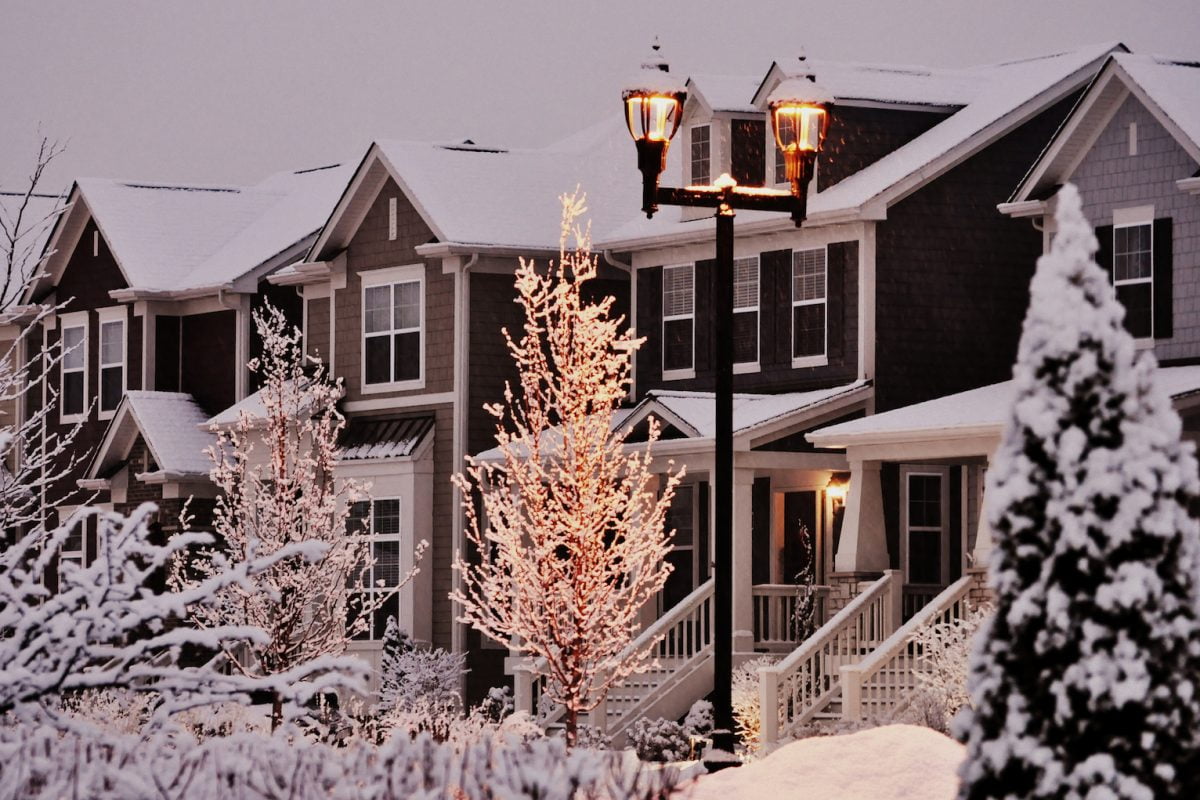zero carbon
June 18, 2019

Getting to Zero: Utilities and Industry
The future is electric and the power will come mostly, if not entirely, from renewable sources. In Part Two of Energizing the Green New Deal, we get specific about strategies that utilities and heavy industry can utiliz e to address climate change and make a profit at the same time. Utilities will play a central role in guiding development of renewable resources and efficient ways to deploy them. Industry may present the greatest challenges, but there are existing technologies to smooth the transition, plus smart incentives and new technologies in the pipeline.
Read ArticleMarch 15, 2019

Zero Energy Homes: Tunneling Through the Electrification Cost Barrier in Cold Climates
The move away from fossil fuels requires that buildings and vehicles be powered by electricity from renewable sources, such as wind, solar, etc. All-electric homes in cold climates present a challenge for comfort and cost, but those barriers have fallen to recent developments in design and technology - making all-electric homes desirable even in cold climates.
Read Article